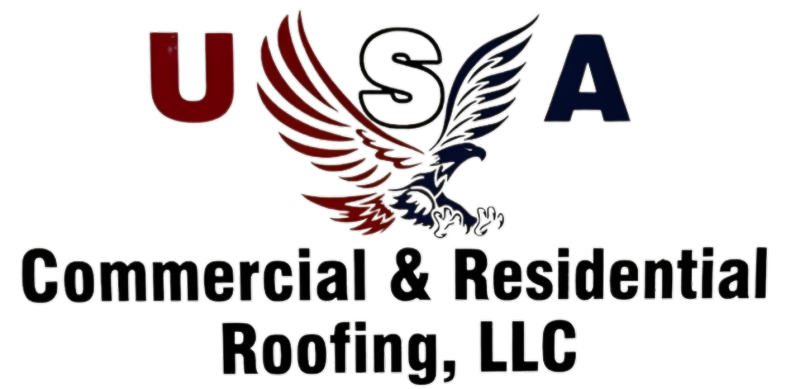EPDM roofing is a sort of synthetic rubber membrane. It is mainly used for flat or low-slope roofs. It is made of ethylene, propylene, and diene monomer, hence the acronym EPDM. This is a composite of a material that is highly durable and weather-resistant. This makes it suitable for various climate conditions. EPDM roofing has become very popular in the construction industry, especially for flat roofs. It is quite satisfactory for residential, commercial, and industrial buildings. This is due to its unique structure and several advantages. In this comprehensive guide, we will discuss what EPDM roofing is, its composition, advantages, installation process, and why it has become a top choice for roofing professionals worldwide.
Composition of EPDM Roofing
EPDM roofing membranes are normally manufactured in large sheets that can differ in size according to a customer’s demand to fit the specific dimensions of a roof. These sheets are made of synthetic rubber. This rubber is derived from natural gas and oil. The primary components of EPDM roofing may include:
Ethylene:
This component Provides flexibility and stability to the membrane. It also helps the roofing to bear instability in the temperature and environmental changes.
Propylene:
This material prolongs the roof’s lifespan and durability. It also enhances the resistance of the membrane against moisture, chemicals, and UV radiation.
Diene Monomer:
This component improves the flexibility and resistance of the membrane. It ensures that it maintains its durability with time. All these components are mixed to make a powerful roofing material. That solid material offers extraordinary weatherproofing and endurance.
Benefits of EPDM Roofing
EPDM roofing offers many advantages over traditional roofing materials. These benefits make it a perfect choice for architects, contractors, and property owners. Some key benefits include:
1. Permanence
EPDM roofs are highly durable in all weather conditions, including hail, wind, and temperature fluctuations. They have excellent resistance to ozone, UV radiation, and other environmental factors.
2. Less Need for Maintenance
EPDM roofing requires the least maintenance in its lifespan. Inspections and cleaning with some intervals are usually enough to keep it in good condition. It reduces maintenance costs and stress.
3. Budget-Friendly Option
As Compared to other roofing materials EPDM is relatively affordable. Its long life and low maintenance needs are the main causes for its cost-effectiveness with time. Additionally, installation costs are often lower due to its low-weight nature and simplicity of installation.
4. Flexibility
EPDM roofing membranes are highly flexible allowing them to enlarge and contract with temperature changes. During the weather changes they do not crack or tear. This flexibility ensures that the roof remains intact for a long time.
5. Saving of Energy
EPDM roofs typically have high solar reflectivity, meaning they can reflect a significant portion of the sun’s heat away from the building. This helps reduce cooling costs in warmer climates and contributes to energy efficiency.
6. Ecologically Friendly
EPDM roofing is famous for its eco-friendly nature because it is made from recycled materials and is fully recyclable at the end of its lifespan. Its energy-efficient properties also help reduce the building’s carbon footprint.
7. Versatility
EPDM roofing can be installed on various roof types including flat and low-slope roofs. It comes in different thicknesses and can be fully adhered to. It is mechanically secured and provides flexibility in installation methods that suit different project requirements.
8. Best Waterproofing Material
EPDM membranes provide excellent waterproofing properties that protect the building from water damage and leaks. Properly installed EPDM roofs offer superior waterproofing performance. It confirms the reliability of the building structure.
Installation Process
If you are thinking about the installation process of the EPDM roofing then it’s time to discuss the installation process in detail. The installation of EPDM roofing typically involves the following steps:
Preparation of Surface
Before installing the EPDM roofing system, the prior roof surface should be cleaned and inspected for any damage or irregularities. Repairs are made as necessary to ensure a smooth and even surface.
Installation of the Membrane
The EPDM membrane is measured and cut according to the required size. After cutting membrane is laid out on the roof surface. Then it is secured in place by using adhesive or mechanical fasteners. The process of fasteners depends on the installation method chosen.
Seam Sealing
After membrane installation, seams between joint membrane sheets are sealed with the help of specially formulated EPDM tape or adhesive. The purpose of seam sealing is to prevent water infiltration.
Installation of Flashing
After the completion of seam sealing, the flashing installation process starts. Flashing consists of strips of EPDM membrane. It is installed around roof penetrations to provide additional waterproofing protection.
Edge Trimming
The extra membrane material is cut along the edges of the roof to create a neat and finished look.
Quality Inspection
Once the installation is complete, the entire roof is inspected to ensure that all seams are properly sealed and the membrane is securely attached. By following these steps roofing professionals can ensure a high-quality installation that maximizes the performance and permanence of the EPDM roofing system.
Conclusion
EPDM roofing offers a fascinating combination of durability, weather resistance, and cost-effectiveness. This unique combination makes it an attractive choice for a wide range of roofing applications. Its synthetic rubber composition is combined with advanced manufacturing techniques. This ensures supreme performance and endurance when compared to traditional roofing materials. EPDM roofing provides a reliable and long-lasting solution for housing, commercial, or trade buildings as it protects valuable assets against the elements.
